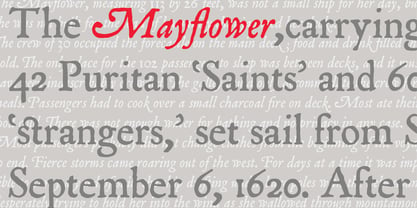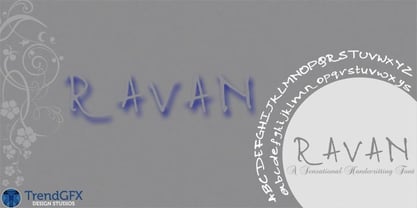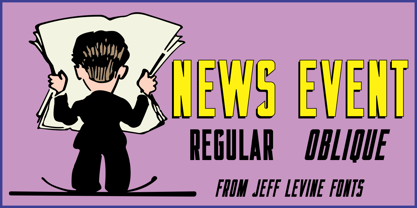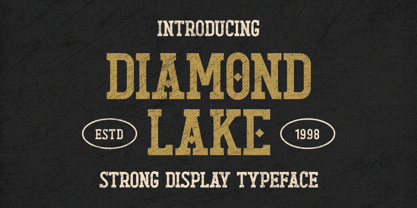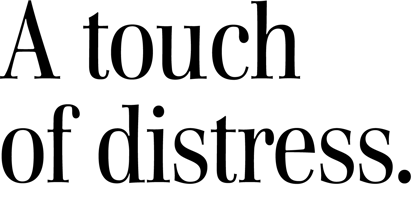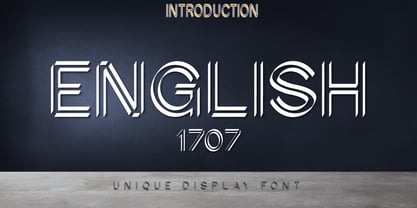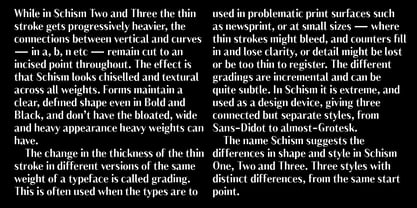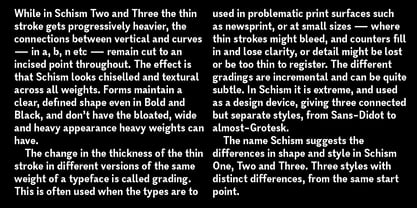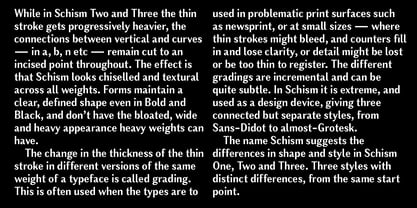10,000 search results
(0.022 seconds)
- P22 Mayflower by IHOF,
$39.95 - Ravan by TrendGFX Design Studios,
$16.00 - News Event JNL by Jeff Levine,
$29.00 - Pierrot by Linotype,
$29.00 - Diamond Lake by Rillatype,
$15.00 - Walburn by Shinntype,
$39.00 - Penumbra Sans by Adobe,
$29.00 - English1707 by PojolType,
$12.00 - Schism One by Alias,
$55.00 - Schism Three by Alias,
$55.00 - Schism Two by Alias,
$55.00 - Daily Hours - Unknown license
- Commander Edge - Personal use only
- Neon 80s - Personal use only
- Bleeding Cowboys - Unknown license
- A Lolita Scorned - Unknown license
- VINTAGE COLLEGE DEPT_DEMO_worn - Personal use only
- Grandesign Neue Roman - Unknown license
- Psacstroj - Personal use only
- Holiday Home - Personal use only
- RFX Splatz - Unknown license
- Wanted Poster Caps - Unknown license
- Lithunoa - Personal use only
- Grandesign Neue Serif - Unknown license
- Requiem II - Unknown license
- Pea Roxygirl - Unknown license
- Denne's Aliens - Personal use only
- HOCUS FOCUS - Personal use only
- Crown Doodle {denne} - Unknown license
- CrawfishPopsicle - Unknown license
- Not His Angel - Unknown license
- Monster Paparazzi - Unknown license
- JF Flamingo - Unknown license
- A Lolita Scorned - Unknown license
- MoDi Khilari 1 - Unknown license
- glow-carro-danish-spiik - Unknown license
- Retro Rock Poster - Unknown license
- Pea Alyssa - Unknown license
- HIPTRONIC - 100% free
- Missed Your Exit - Unknown license
